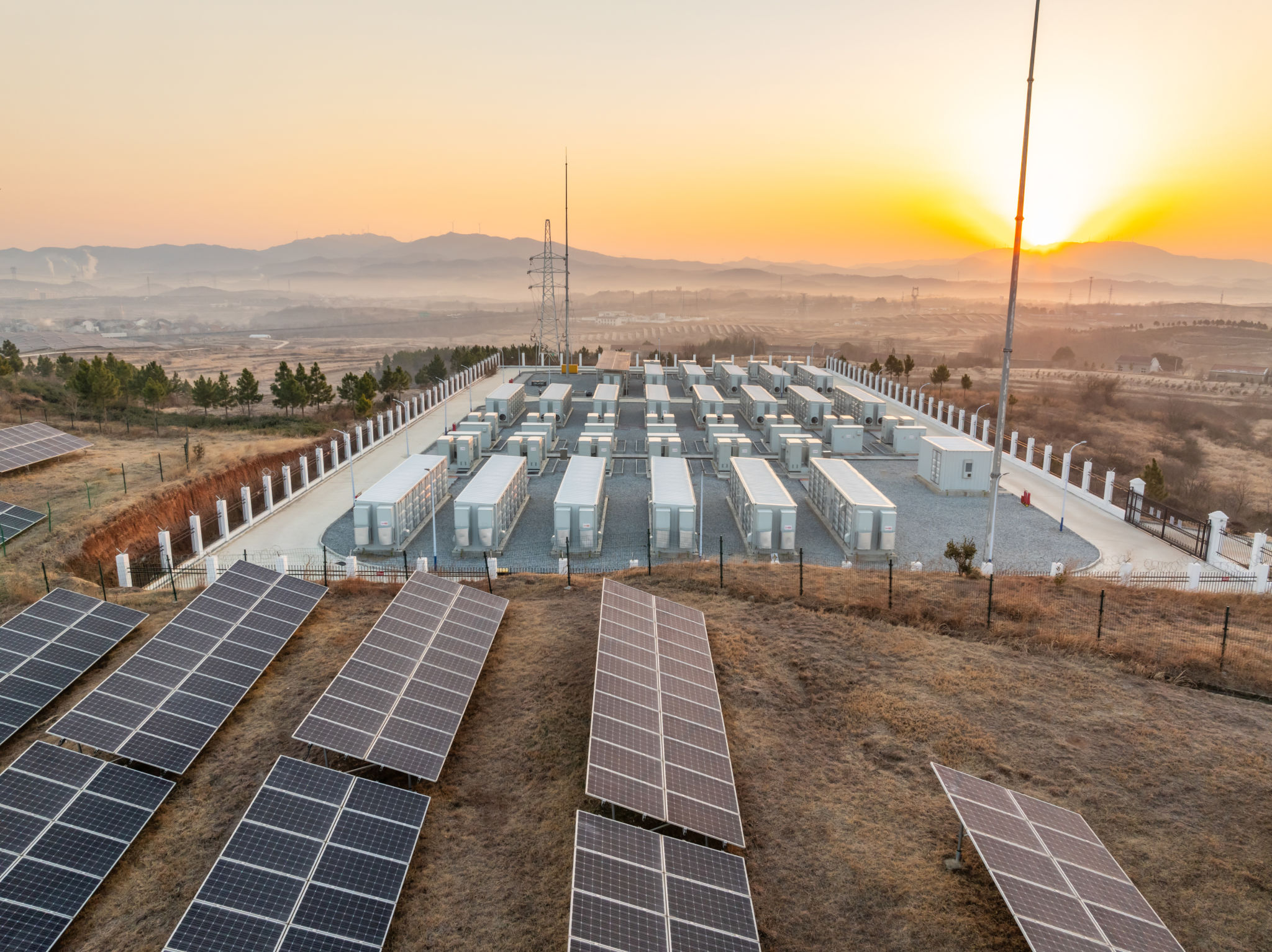Comparing Battery Storage Options: Which is Best for Your Needs?
Understanding Battery Storage Options
In today's world, where renewable energy sources are becoming increasingly popular, battery storage has emerged as a vital component for energy management. Whether you're looking to store solar energy, manage grid power, or ensure backup during outages, choosing the right battery storage solution is crucial. This guide will help you compare different battery storage options to determine which is best suited for your needs.

Lithium-Ion Batteries
Lithium-ion batteries are among the most popular choices for energy storage. Known for their efficiency and longevity, they are widely used in both residential and commercial applications. These batteries offer a high energy density, meaning they can store more energy in a smaller space, making them ideal for limited spaces.
One of the main advantages of lithium-ion batteries is their long cycle life. They can be charged and discharged many times without significant degradation. Additionally, they have a relatively fast charge and discharge rate, which is beneficial for applications requiring quick energy access. However, it's important to note that lithium-ion batteries can be more expensive upfront compared to other options.
Lead-Acid Batteries
Lead-acid batteries have been around for decades and are a well-established technology in the battery storage market. They are often used in applications where cost is a major consideration, as they are generally more affordable than lithium-ion batteries.
While lead-acid batteries have a lower upfront cost, they come with some disadvantages. They tend to have a shorter lifespan and lower energy density compared to lithium-ion batteries. This means they require more space to store the same amount of energy. Lead-acid batteries also require regular maintenance to ensure optimal performance.

Flow Batteries
Flow batteries are an emerging technology in the battery storage sector. They use liquid electrolytes to store energy, which allows them to decouple power and energy capacity. This means that flow batteries can be scaled easily to meet specific energy needs.
One of the key benefits of flow batteries is their long cycle life and minimal degradation over time. They are particularly suitable for large-scale energy storage applications, such as grid support and renewable energy integration. However, flow batteries can be more complex and costly to implement compared to traditional battery systems.
Choosing the Right Battery Storage Option
When selecting a battery storage option, it's important to consider several factors to ensure you choose the best solution for your needs:
- Capacity: Determine how much energy you need to store and choose a battery with sufficient capacity.
- Cycle Life: Consider how often the battery will be charged and discharged and select one with a suitable cycle life.
- Cost: Evaluate your budget and weigh the upfront cost against long-term savings.
- Space: Ensure you have enough space to accommodate the battery system.

Conclusion
Each type of battery storage option comes with its own set of advantages and limitations. Lithium-ion batteries are efficient and long-lasting but come at a higher cost. Lead-acid batteries are more affordable but have a shorter lifespan and require more space. Flow batteries offer scalability and longevity but can be complex to implement.
Ultimately, the best choice depends on your specific energy needs, budget, and space constraints. By carefully evaluating these factors, you can select the most suitable battery storage solution that aligns with your requirements and supports your energy goals effectively.